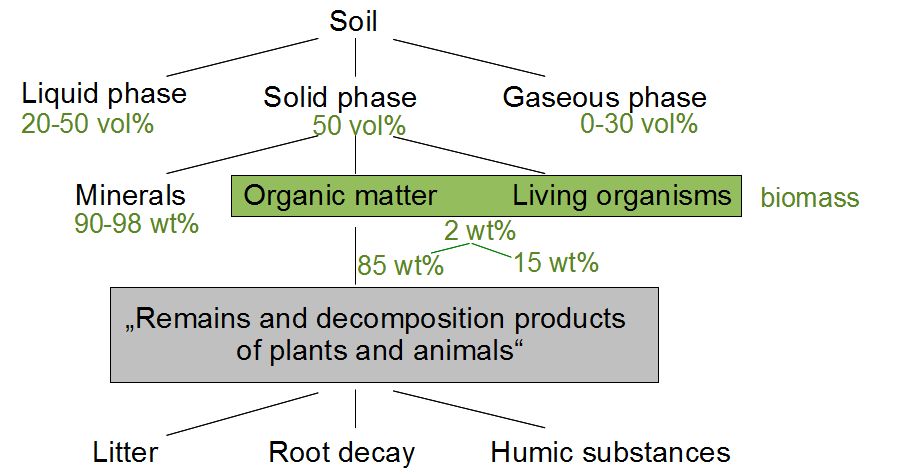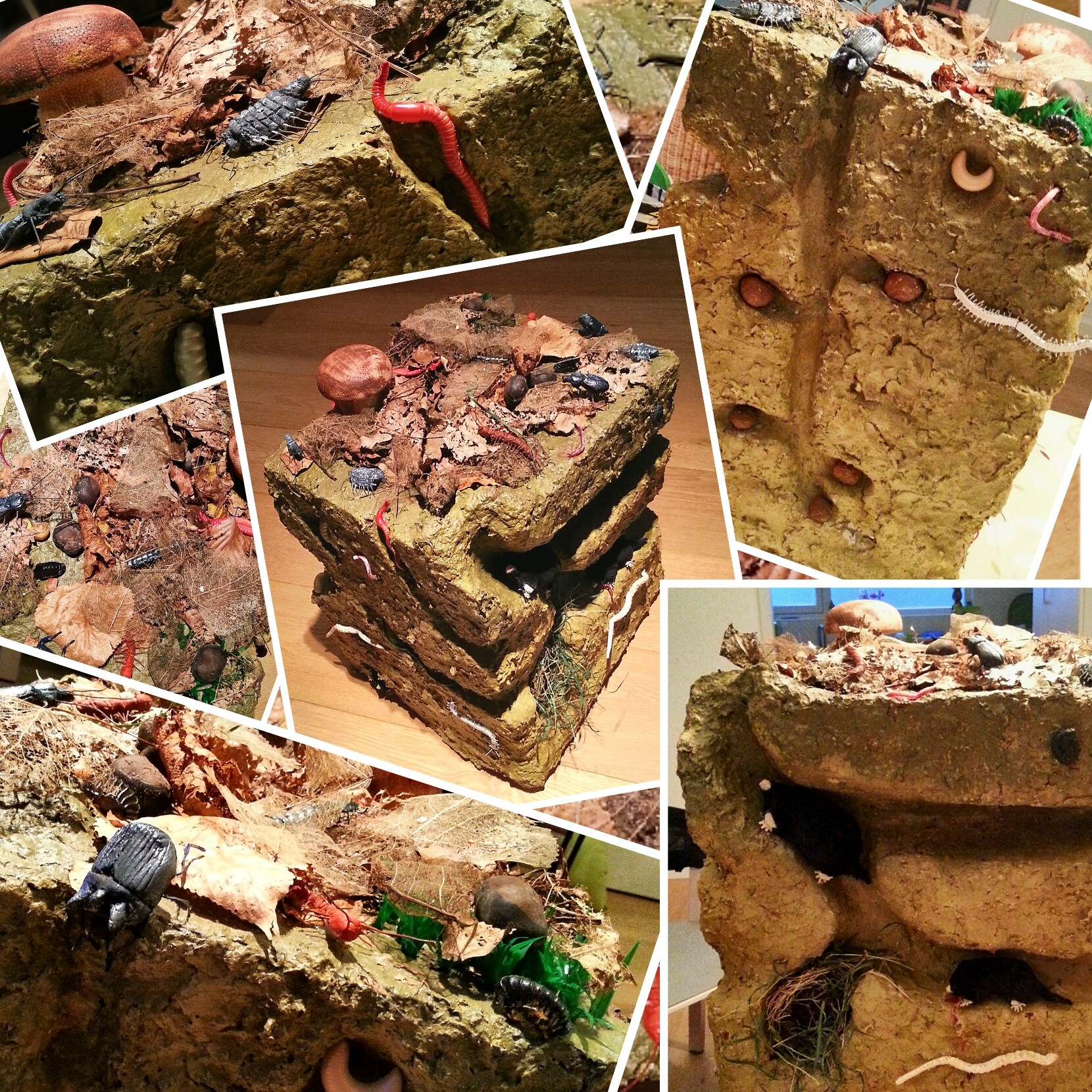Soils and Biodiversity
Worldwide soils contain one quarter of all biodiversity. Properly understanding and managing life in soil is of the essence for maintaining soil health. With partners, ISRIC has been involved in activities concerning soil biodiversity. We are keen to do more, for example through an active role in compiling and hosting global soil biodiversity information.
The importance of soils for biodiversity
Biodiversity is a synonym of 'Life on Earth'. Biodiversity in the soil below our feet represents around a quarter of all biodiversity on Earth! An incredible diversity of organisms live in the soil and interact in a complex food web. And as they eat, grow, and move through the soil they make it possible to have clean water, clean air, healthy plants, and moderated water flow. Biological systems both natural and artificial heavily depend on healthy soils.

Living organisms constitute only a few per cent of total soil weight, but soil functions heavily depend on soil life (vol=volume, wt=weight)
Biodiversity: What ISRIC has on offer
ISRIC is analysing and evaluating the impact which land and soil management exerts on soil biodiversity. Understanding the ‘land degradation-biodiversity link’ is particularly important in the context of achieving global goals and targets such as the Aichi biodiversity targets and the UN Sustainable Development Goals. Similarly, one of the main reports of the Intergovernmental Science-Policy Platform on Biodiversity and Ecosystem Services (IPBES) has been on the topic of land degradation and restoration.
Among others, we have prepared expert reports at the request of the United Nations Convention to Combat Desertification (UNCCD), the World Resources Institute (WRI), and the Netherlands Environmental Assessment Agency (PBL). This work has shown how the effects of soil degradation on the provisioning of ecosystem services can be modelled globally, and how, vice versa, sustainable land and soil management positively impacts on biodiversity. For this, we often use the World Overview of Conservation Approaches and Technologies (WOCAT) database which documents both positive and negative effects of defined land management practices on biodiversity in a consistent and standardised way.
On a more local level, ISRIC has been involved in designing and implementing stakeholder workshops for participatory decision-making on remediating soil threats, such as loss of soil biodiversity.
Our World Soil Museum features a theme station on soil and biodiversity. Pay a visit to this resource through our virtual museum webpage.

Display of soil life in the ISRIC World Soil Museum created by Ron de Goede (Wageningen University & Research)
Interested to collaborate? We would like to hear from you!
We are keen on expanding our activities in the field of soil biodiversity. Currently, we are looking into the following leads:
- Hosting soil biodiversity data: Being a reference and information centre on soils, providing better access to all kinds of soil information is a core part of our mission. Soil biodiversity is no exception. As a trusted broker of soil information, we are striving to host an increasing amount of soil biology and biodiversity data at the local, national or global scale.
- Compiling the major global soil biodiversity information sources: Where hosting is not an option, we aspire towards providing a comprehensive collection of web links to soil biodiversity datasets around the world.
- Ecological restoration of land and soil: We believe information on the nature and properties of soil is vital in order to make an informed decision on which land is suited for ecological restoration, and which is not. Let us contribute in making large-scale restoration a success!
If you are working in the field of biodiversity and the above resonates with you, we would love to hear from you.
Examples of biodiversity-related projects at ISRIC:
- Review on global assessments of land and ecosystem degradation (2013)
- Addressing loss of soil biodiversity (EU FP7 project RECARE)
- World Overview of Conservation Approaches and Technologies (WOCAT)
- Chittagong Hill Tracts project (CHARM)